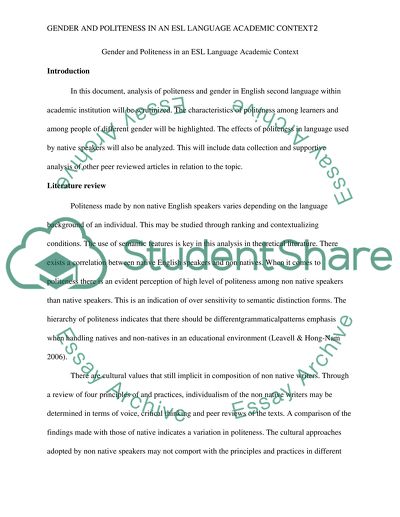Cite this document
(“Gender and Politeness in an ESL Language Academic Context Research Paper”, n.d.)
Retrieved from https://studentshare.org/english/1491251-gender-and-politeness-in-an-esl-language-academic
Retrieved from https://studentshare.org/english/1491251-gender-and-politeness-in-an-esl-language-academic
(Gender and Politeness in an ESL Language Academic Context Research Paper)
https://studentshare.org/english/1491251-gender-and-politeness-in-an-esl-language-academic.
https://studentshare.org/english/1491251-gender-and-politeness-in-an-esl-language-academic.
“Gender and Politeness in an ESL Language Academic Context Research Paper”, n.d. https://studentshare.org/english/1491251-gender-and-politeness-in-an-esl-language-academic.


